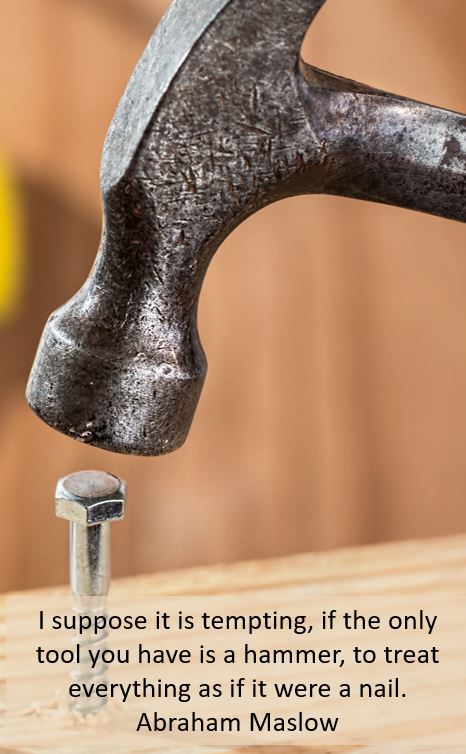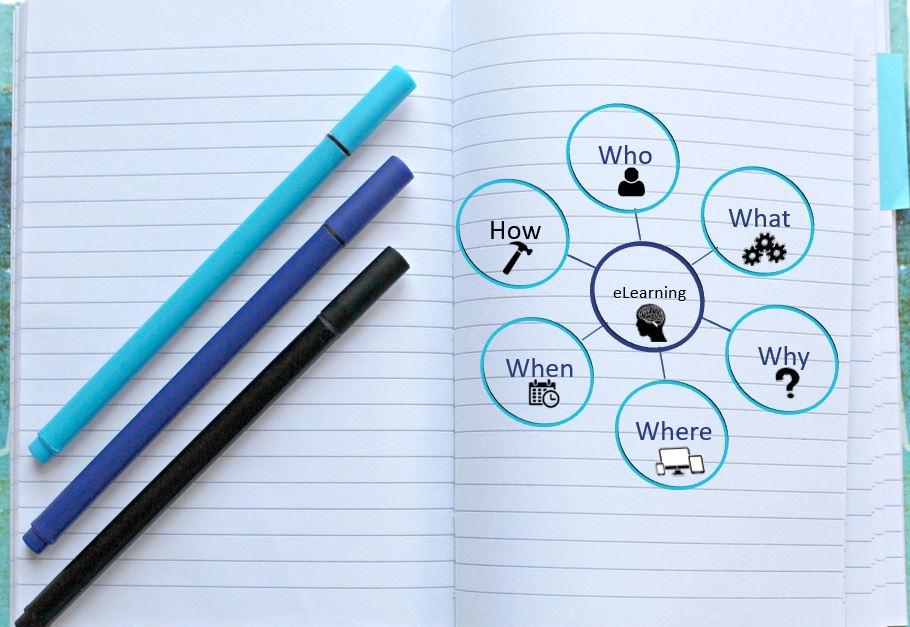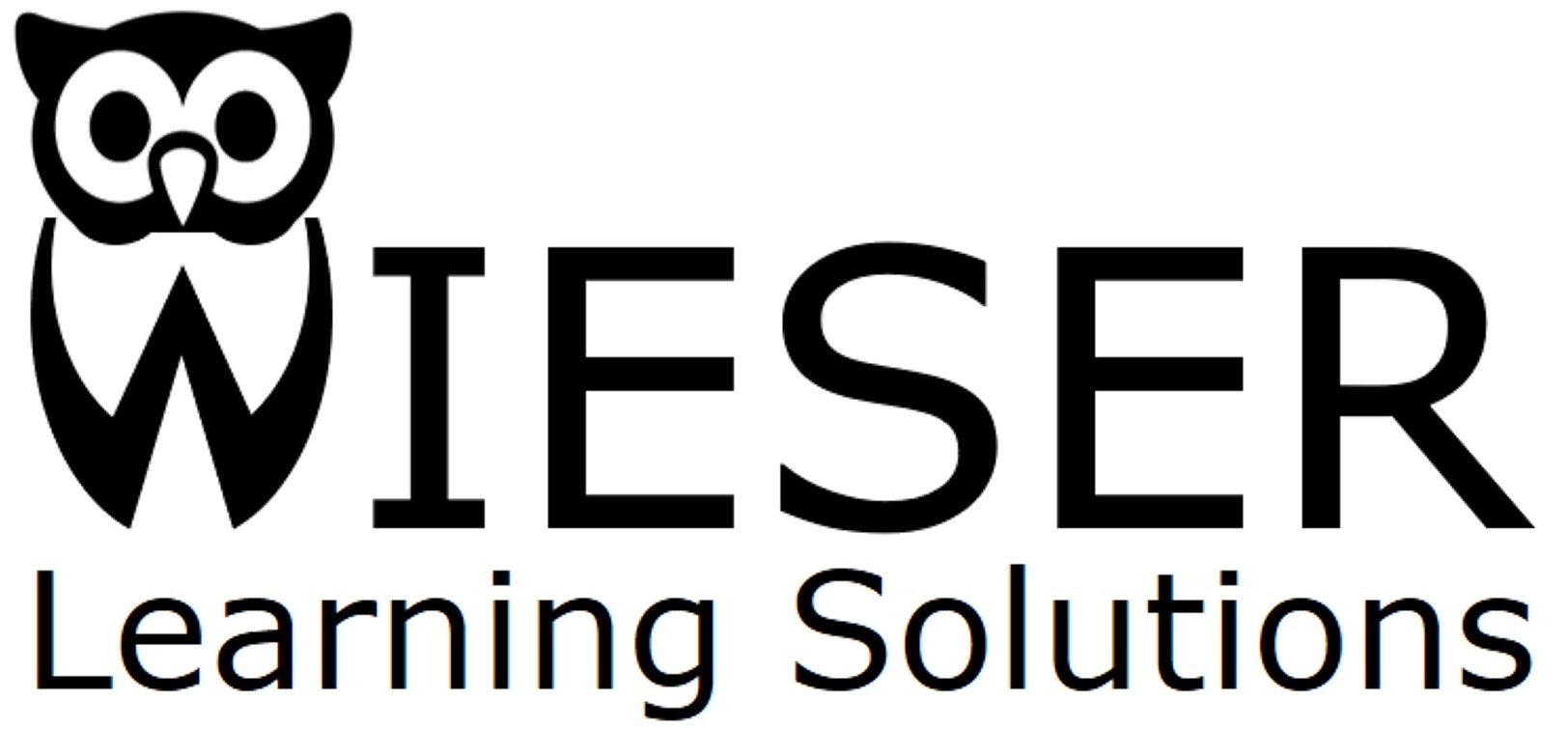Why is it important to have a full toolbox and know the right tool for the job?

As an instructional designer and learning facilitator, it is important that I have the right tools to best support learner needs. I just completed a 6-week Exploring E-Learning Tools course through Oregon State University. This course provided the opportunity to use and explore a variety of tools – some that were familiar to me and others that were new.
While this class did not focus on eLearning course authoring tools that are predominant in my industry, we learned about a number of free and easily accessible tools that could be used to present information to learners or to allow learners to demonstrate their learning.
I appreciated the opportunity to try new tools, to see different contexts and approaches that classmates used, to have constructive discussions about the possible applications and limitations of each tool, and to build a course portfolio using some of these tools.
Tools Help But Design is Critical
As an instructional designer, it is nice to have knowledge of a wide range of tools that can help me in developing meaningful learning opportunities to support my learners. The more tools that I know about – both what they do and their limitations – the more options are available to me to meet learner needs. As important as it is for me to have an arsenal of tools at my ready, it is equally important to know that just because I can use a particular tool doesn’t mean I should. I’m reminded of when my 10-yr-old stepdaughter made a cake for her father’s birthday. She used two different flavors of frosting and decorated it with multiple layers of 30 different types of sprinkles – just because she had them available to her. The cake was neither pretty nor tasty.
If I want to keep my instructional design from resembling that birthday cake, I can’t lose sight of the learning goals. In a world of many options and opportunities, I find that I must always keep in mind the learner and the learning goals and outcomes I am trying to achieve. To do this, I often refer back to the 6Ws (or 5Ws+H) to keep my focus on both my learners and my design.

6Ws for Learners
-
Who is my audience? Who needs my audience to have this learning opportunity?
-
What do I want them to learn? What learning opportunities am I going to provide? What tools and resources will be needed?
-
Why are the learning outcomes important for my learners? Why is the content, learning strategy, or particular tool the best choice for the situation?
-
Where are my learners in their understanding or development? Where will learning occur?
-
When will learning occur?
-
How will I accomplish the learning goals? How will learning be presented and delivered? How will I leverage tools and resources?
